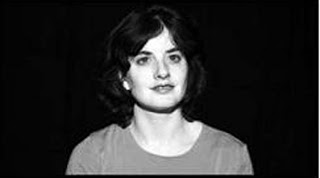 Front lighting tends to flatten out the face and be ratherb land in appearance. Depending on the height of the lamp, you may also cause a visible shadow on any surface behind the actor who is in front. Any lights at or below the talent’s physical height will throw sadows across the set, which will be visible to the camera lens and i soften not visually pleasing.
Front lighting tends to flatten out the face and be ratherb land in appearance. Depending on the height of the lamp, you may also cause a visible shadow on any surface behind the actor who is in front. Any lights at or below the talent’s physical height will throw sadows across the set, which will be visible to the camera lens and i soften not visually pleasing.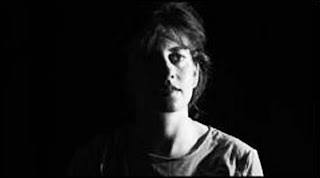
If the light is placed 90 degrees around the circle from the camera to subject axis, it is called side lighting and can generate a half-bright half-dark face split along the bridge of the nose.
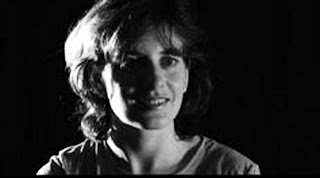
When the light is behind the subject but not exactly opposite to the camera lens it i soften called a kicker or a rim light – highlighting the edges of the hair, shoulders, and sometimes the jaw bone.
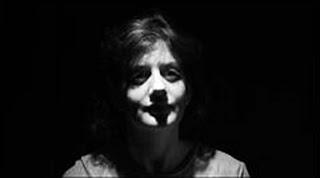
Light that comes from directly above (top lighting) will cause the brow ridges on most faces to block the light from the eye sockets. By keeping the eyes of the character in deep shadow you are taking away one very important way for the audience to relate to the character.

If you light from below, you are creating a rather unnatural lighting effect. As a result of this underlighting, the structure of the human face takes on a devilish appearance.
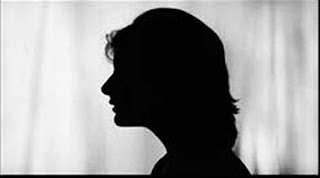
If you illuminate the background of your set and leave your talents’s face in darkness (with no fill light) and you expose fort he well-lit background, you will create what is called the sillouette effect.

No comments:
Post a Comment